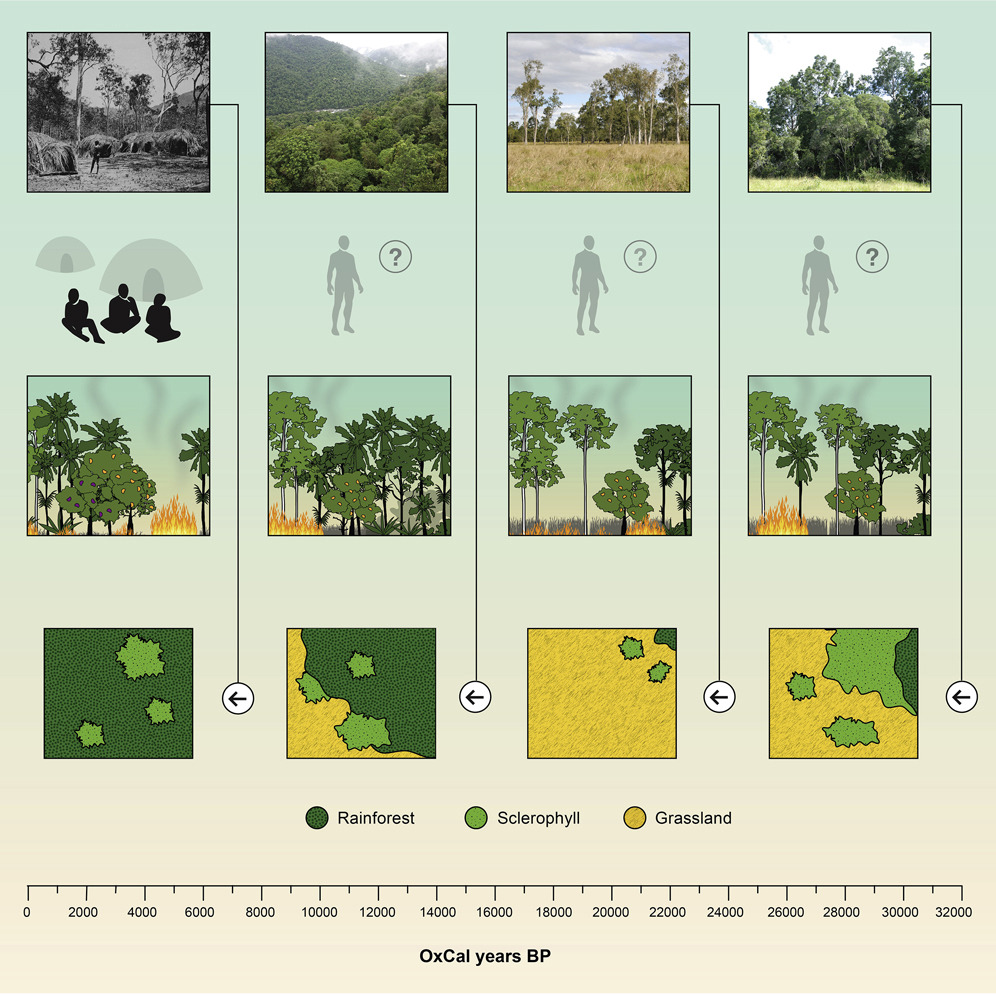Forests, the world's green lungs, are essential to maintaining ecological balance, supporting biodiversity, sequestering carbon, and facilitating the livelihoods of millions. They hold an indomitable spirit, standing as nature's bastions against climate change and ecological degradation. However, as the modern era unfolds, the insatiable appetite for development and growth often tends to overlook the value and significance of forests, leading to rampant deforestation and forest degradation. Herein lies the importance of Sustainable Forest Management (SFM), a concept that fuses the ecological, economic, and socio-cultural pillars of sustainability. SFM is not just about the preservation of forests, but it encompasses a holistic approach that sees forests as dynamic ecosystems, ensuring that their bounty is utilized in a manner that meets present needs without compromising the ability of future generations. By prioritizing conservation, restoration, and sustainable utilization, SFM seeks to strike a harmonious balance between human aspirations and nature's provisions.
The United Nations' Sustainable Development Goals (SDGs) offer a blueprint for a more equitable and sustainable future. They encompass 17 interconnected objectives, which, when collectively achieved, can set the world on a path of resilience, inclusivity, and prosperity. The relationship between SFM and the SDGs is symbiotic and profound. At its core, SFM directly aligns with SDG 15 – Life on Land, which aims to "protect, restore and promote sustainable use of terrestrial ecosystems, manage forests sustainably, combat desertification, halt and reverse land degradation, and halt biodiversity loss." By promoting SFM practices, we inch closer to realizing the targets set under this goal, such as bringing deforestation to a halt, restoring degraded forests, and ensuring the conservation of mountain ecosystems.
However, the influence of SFM is not limited to SDG 15 alone. Forests play a pivotal role in supporting clean water sources (SDG 6), providing sources of renewable energy (SDG 7), supporting innovations in bio-products (SDG 9), sequestering carbon and combating climate change (SDG 13), and underpinning diverse livelihoods which can alleviate poverty (SDG 1) and hunger (SDG 2). Furthermore, the communities, particularly indigenous peoples, who live in and around forests have invaluable traditional knowledge. By upholding their rights and integrating their wisdom into SFM practices, we can also champion the goals of reduced inequalities (SDG 10) and strengthened partnerships (SDG 17).
The interconnectivity of SFM with multiple SDGs underscores the foundational idea of the 2030 Agenda for Sustainable Development - everything is interlinked. We cannot achieve the vision of a sustainable future in silos; our efforts in one domain influence outcomes in others. As we push for greater innovations, more inclusive policies, and broader partnerships, it's crucial to understand the central role forests play in this narrative. Sustainable Forest Management isn't just an environmental imperative; it's a commitment to intergenerational equity, a pledge to preserve the delicate tapestry of life, and a pathway to realizing the global aspirations embodied in the SDGs.
These are uncertain times in the Anthropocene, where the health and resilience of all urban inhabitants should be key themes for cities striving for sustainability. To this end, local councils in Australia are applying digital technologies with increasing complexity as components of their urban forest management. This paper applies a more-than-human lens to analyse Australian local council urban forest policies, documents and project information for their inclusion and application of digital technologies.

